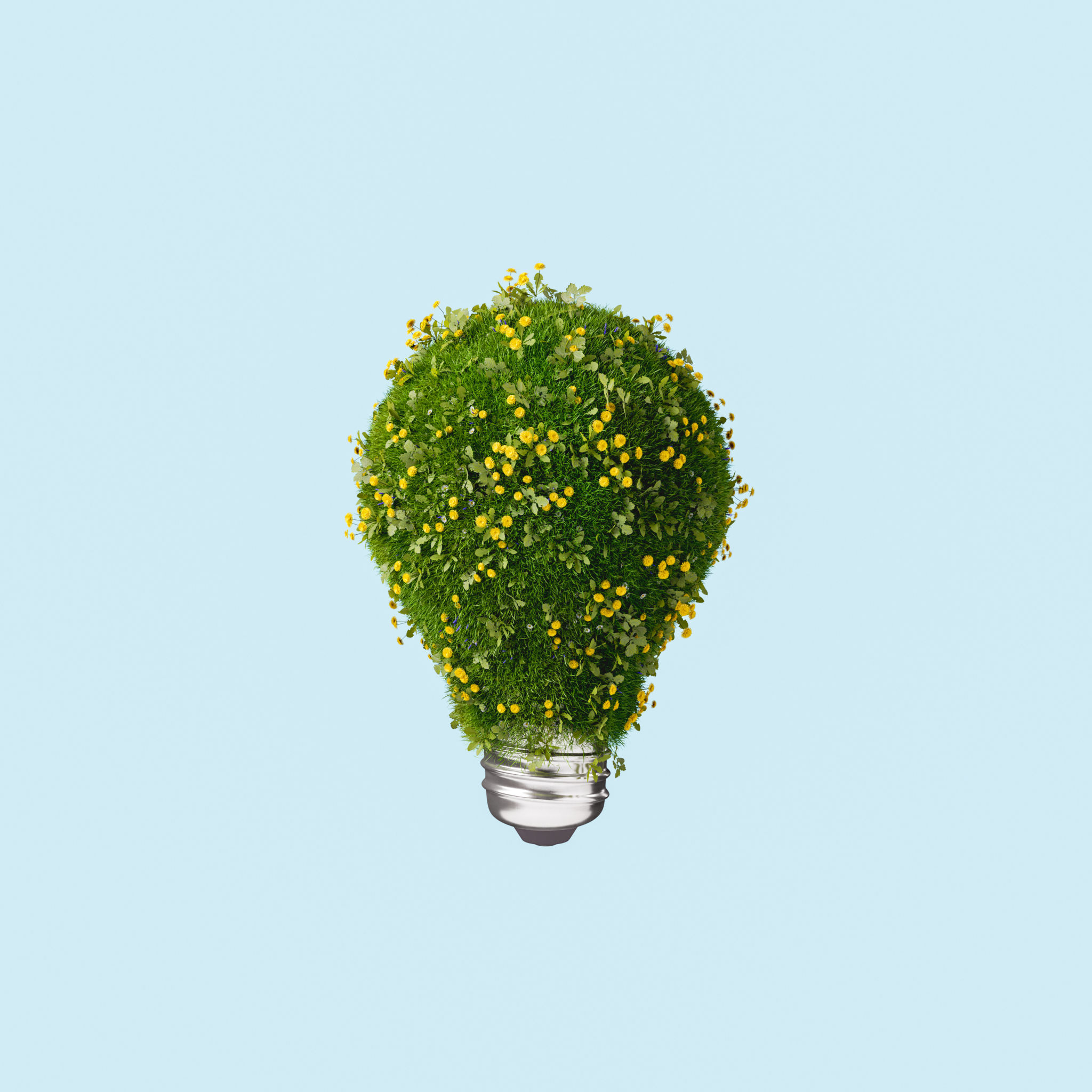The Rise of Eco-Friendly Art: Trends and Innovations
The Emergence of Eco-Friendly Art
In recent years, the art world has witnessed a significant shift towards sustainability, with eco-friendly art gaining momentum as artists and collectors alike become increasingly conscious of their environmental impact. This movement is not just a trend but a profound change that reflects a broader societal shift towards sustainability and environmental awareness.

The rise of eco-friendly art can be attributed to several factors, including the increased availability of sustainable materials, advancements in eco-friendly technologies, and a growing recognition of the art world’s role in promoting environmental stewardship. As more artists embrace these principles, the art world is undergoing a transformation that prioritizes both creativity and sustainability.
Innovative Materials in Eco-Art
One of the most exciting developments in eco-friendly art is the use of innovative materials. Artists are increasingly turning to recycled, upcycled, and natural materials to create their works. This approach not only reduces waste but also challenges artists to think creatively about the materials they use.
For instance, many artists are now experimenting with plant-based dyes, biodegradable canvases, and even materials sourced from post-consumer waste. These materials not only have a lower environmental footprint but also add unique textures and stories to the art pieces they create.
Technological Advancements in Eco-Art
Technology plays a crucial role in the evolution of eco-friendly art. Advancements in digital tools and techniques have enabled artists to explore new forms of expression while minimizing their environmental impact. Digital art, for instance, eliminates the need for physical materials, reducing waste and resource consumption.

Moreover, 3D printing with sustainable materials is becoming increasingly popular among eco-conscious artists. This technology allows for precision and creativity without the environmental cost associated with traditional sculpting methods. By using biodegradable or recycled printing materials, artists can create stunning pieces that are both innovative and environmentally friendly.
The Role of Art Collectors and Galleries
Art collectors and galleries play a pivotal role in promoting eco-friendly art by supporting artists who prioritize sustainability. Many galleries are now curating exhibitions specifically focused on environmental themes, showcasing artworks that highlight the beauty and fragility of our natural world.
This support not only helps raise awareness about environmental issues but also encourages more artists to adopt sustainable practices. Collectors who prioritize eco-friendly art contribute to a demand that drives further innovation in the field.

The Future of Eco-Friendly Art
The future of eco-friendly art looks promising as more artists, galleries, and collectors commit to sustainable practices. This movement is expected to continue growing, with new innovations and trends emerging as the art world becomes increasingly integrated with environmental consciousness.
As awareness of climate change and environmental degradation continues to rise, eco-friendly art will likely play an even more significant role in shaping cultural conversations around sustainability. By embracing this movement, the art world has the opportunity to not only reflect society’s values but also inspire change through creativity.